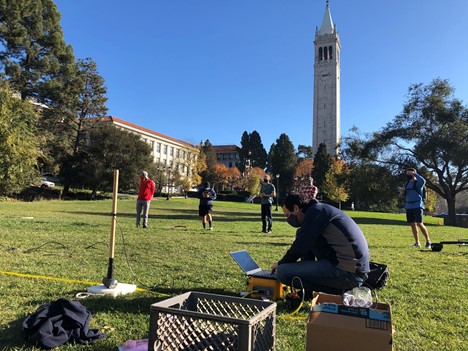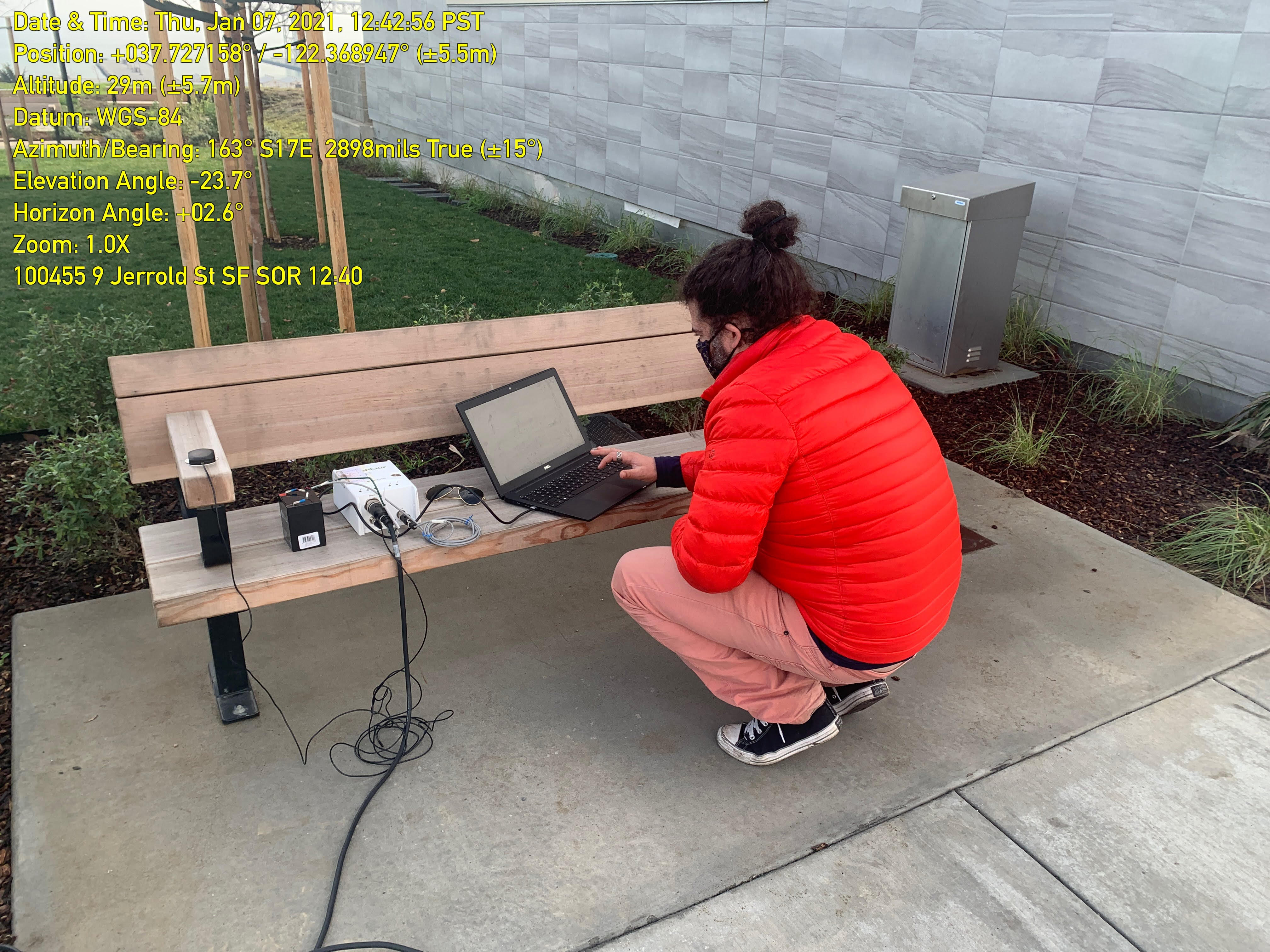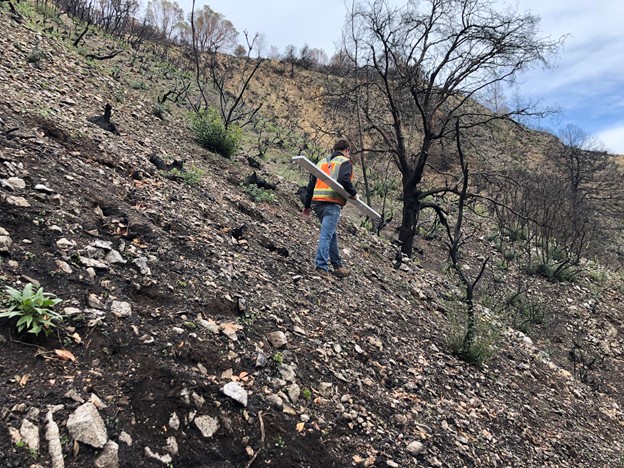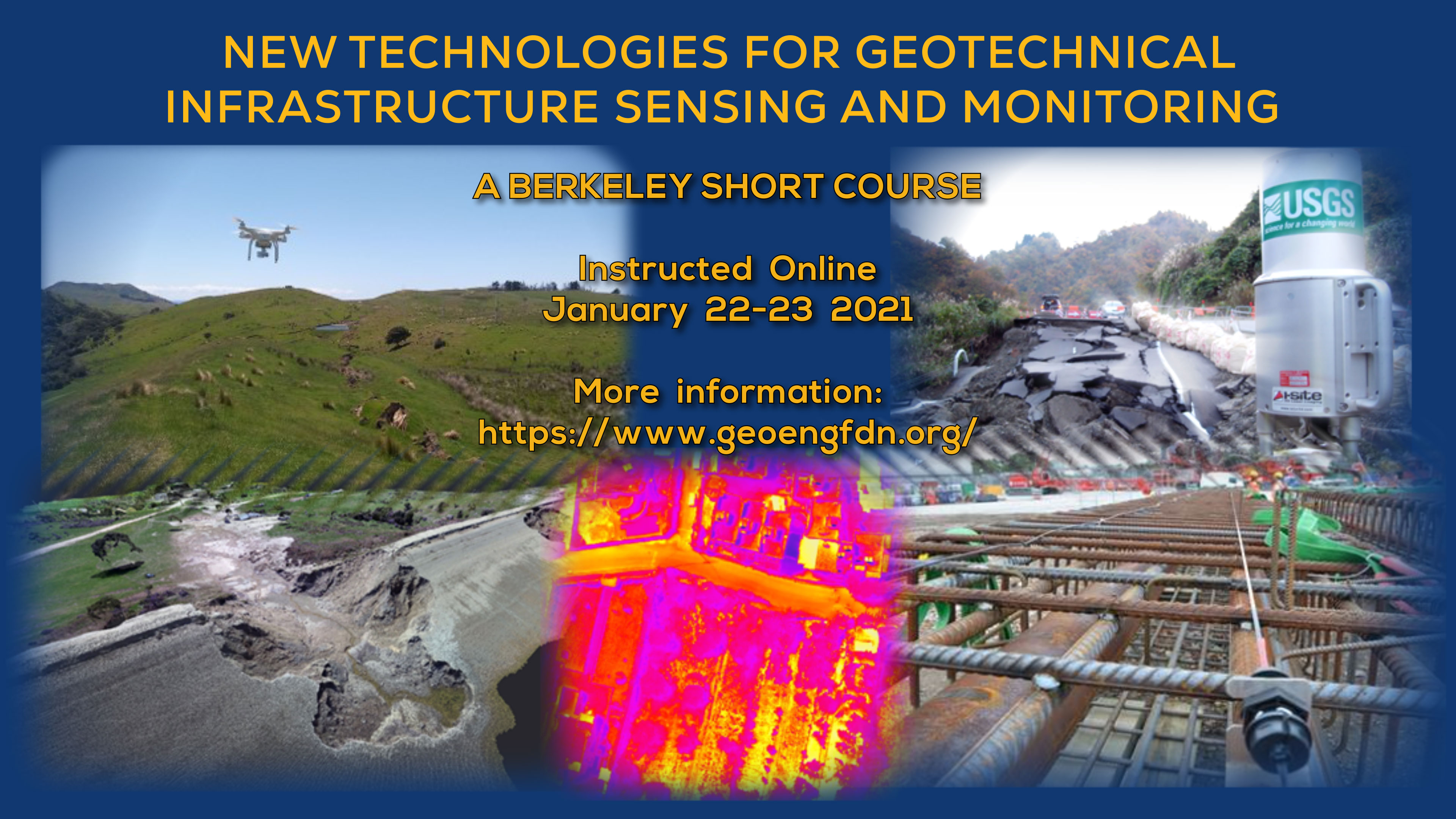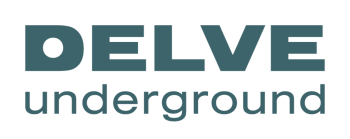Zekkos, Sitar, and Kayen awarded Grant to introduce Virtual Reality and Mixed Reality on Geotechnical Engineering Education with a focus on natural disasters
Sep 22, 2021
Zekkos, Sitar, and Kayen awarded Grant to introduce Virtual Reality and Mixed Reality on Geotechnical Engineering Education with a focus on natural disasters


Geosystems Faculty, Prof. Dimitrios Zekkos, Prof. Nick Sitar, and Prof. Rob Kayen were awarded a grant with the goal to incorporate Virtual Reality (VR) and Mixed Reality (MR) throughout the undergraduate and graduate CEE curriculum.
The team will leverage VR and MR to (a) introduce students to ongoing research projects related to disaster response and engineering; (b) engage them on the course material covered; (c) conduct “hands-on” measurements on disaster-hit areas in a virtual environment, and (d) provide them with early-on memorable experiences of what a professional or research career may look like. Students will be given the unprecedented opportunity to experience field reconnaissance of natural hazards and ongoing research projects from the safety of the classroom.
The grant is part of the Berkeley Collegium Grant program. The Berkeley Collegium is charged with fostering innovation and excellence in undergraduate teaching at UC Berkeley and supports proposals that aim to narrow the gap between teaching and research at UC Berkeley.
This activity is part of the initiatives supported by the Geosystems Sensing and Analytics Laboratory (GeoSAL).


